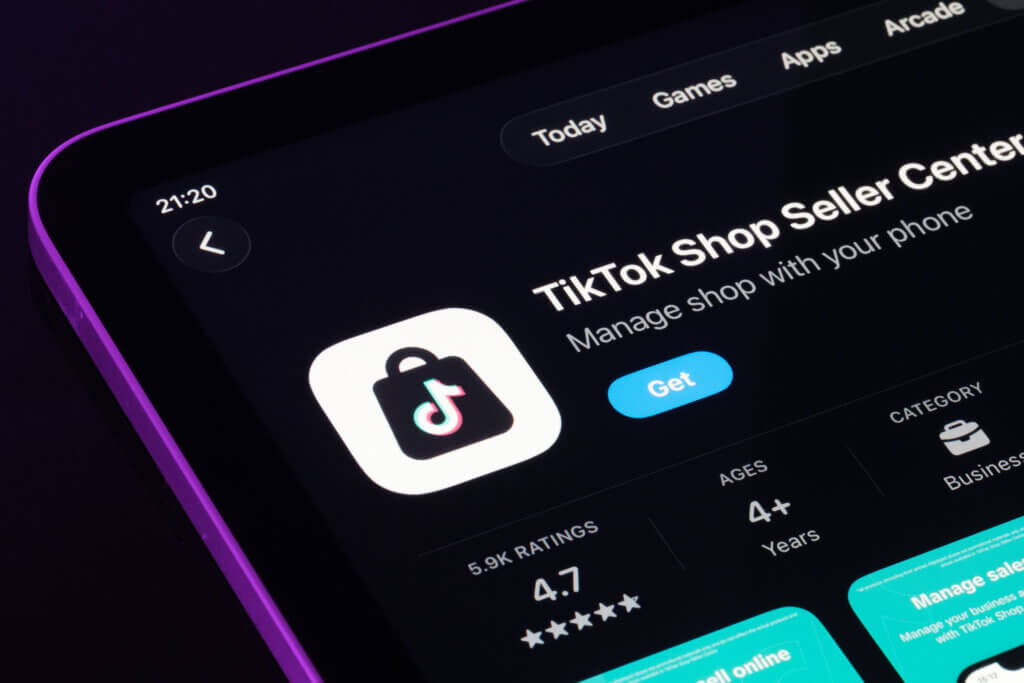The New York Times is making a bold move. With the launch of its new “Watch” tab in the flagship app, the publication has introduced a vertical video feed that mirrors the format of TikTok and Instagram, but within its own ecosystem. The goal is clear: to make short-form storytelling a core part of modern journalism rather than an off-platform experiment.
This marks a new era for publishers seeking to reclaim engagement from social platforms while creating controlled, high-quality environments for both audiences and advertisers.
What’s Changing: Inside the Watch Tab
- The Watch tab features vertical video across The Times’ portfolio: News, Opinion, Cooking, Wirecutter, and The Athletic, refreshed throughout the day.
- Unlike TikTok or Reels, Watch is curated by editors, not algorithms, reflecting The Times’ commitment to editorial judgment over machine-driven personalization.
- The tab currently launches without ads, focusing on engagement before monetization. Beta advertising opportunities are expected in 2026.
- It integrates with The Times’ other multimedia expansions, most notably, the recent Listen tab, which brought audio directly into the app after shutting down the standalone Audio product.
Together, these updates turn The Times app into a single home for text, video, and audio—a consolidated ecosystem that reflects how audiences already consume media across devices.
Why It Matters for Marketers and Content Teams
Short-form video has become a publishing staple. When a legacy brand like The New York Times builds a TikTok-style feed directly into its app, it signals that vertical video is no longer a niche content format. For marketers, short-form storytelling has officially entered the mainstream publishing experience.
At the same time, premium vertical environments are emerging. The Times now offers advertisers a trusted, brand-safe space for vertical video, very different from the unpredictable nature of social feeds. For brands that prioritize credibility and context, this kind of controlled environment could redefine how high-value storytelling is delivered.
The shift toward human curation over algorithms also changes the creative equation. Without likes, comments, or algorithmic boosts, content must engage through substance and storytelling alone. That puts pressure on quality and narrative clarity rather than quick-hit virality.
Finally, integrated discovery paths are becoming just as important as the content itself. Each short video within the Watch tab can link to longer-form stories, podcasts, or investigative pieces, creating a natural recirculation loop that keeps users exploring. For brands, that reinforces the importance of building connected content ecosystems, where every short-form asset leads somewhere meaningful.
Engagement Before Monetization
Unlike social platforms, Watch will not rely on algorithmic recommendations or ad dollars at launch. Instead, The Times is observing user behavior, what they watch, finish, and revisit, before layering in revenue models.
That “learn first, scale later” philosophy mirrors the success of The Times’ Games app, where vertical interstitial ads achieved 80–90% viewability and strong brand-lift results. Early 2026 trials are expected to allow select advertisers to repurpose existing social assets for native vertical placements, with turnaround times of under 48 hours.
The Bigger Picture: Owned Distribution and Brand Control
The Watch tab underscores a trend across digital media: publishers and brands alike are moving away from rented spaces on social platforms toward owned ecosystems. By centralizing text, video, and audio under one roof, The Times strengthens its control over experience, data, and monetization. The shift also serves as a playbook for brands investing in their own content hubs—places where engagement, context, and creative control can coexist.
What Brands Can Learn
• Reimagine short-form strategy. Vertical video shouldn’t be siloed to social. Bring it into your owned channels—your site, app, or newsletter ecosystem.
• Invest in curation. Human-led selection drives depth, not just reach. Curated content helps control brand narrative.
• Connect short-form to deeper storytelling. Let bite-sized videos act as the hook into your long-form assets, case studies, or research.
• Measure engagement differently. Prioritize completion rates, dwell time, and downstream actions rather than vanity metrics.
Final Thought
The Times’ Watch tab is more than a new feature; it’s a statement on where attention is heading. Vertical video has evolved from trend to infrastructure, and the media world is following suit.
As AI, social commerce, and content discovery continue to converge, the brands that thrive will be those that adapt their content to every environment, from TikTok to trusted publisher apps.
Want to future-proof your visibility strategy? Talk to our experts at Avenue Z to explore AI Optimization and multi-channel content strategies built for where audiences are watching next.
Content That Gets Found—and Drives Results
From ChatGPT to The New York Times, we create content strategies built for discovery, influence, and measurable business growth across every channel.






